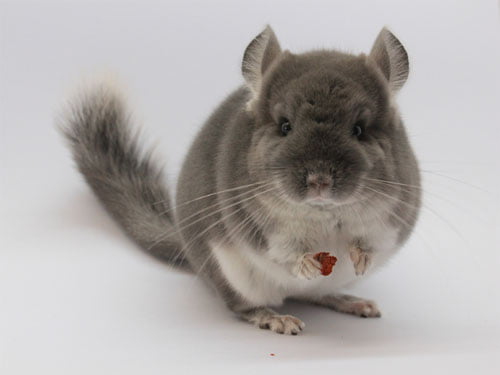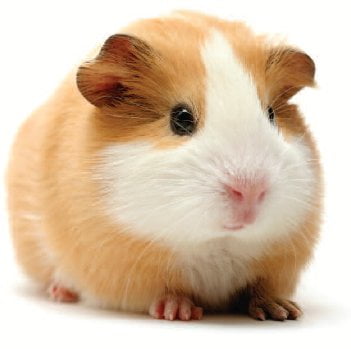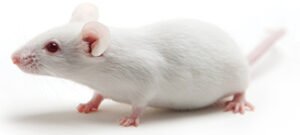America is a country of animal lovers and although many of our pets are dogs and cats, we are not limited to just the canine and feline species. In fact, many households own pets of a much smaller animal nature including hamsters, mice, rats, guinea pigs, rabbits and chinchillas.
According to a survey published by the American Pet Products Association of National Pet Owners, of the 79.7 million U.S. households that owned a pet in 2014, 5.4 million or nearly 7% owned a small animal like a hamster, chinchilla, etc. These pets (known as pocket pets in the pet sitting industry) can make great family additions. It is important to realize that just because pocket pets don’t have the same kinds of needs as their more popular counterparts, it does not mean they will not require special care and attention.
Rabbits, Guinea Pigs and Chinchillas
Don’t be fooled into thinking these types of charming pets require less commitment than a cat or dog. Rabbits, guinea pigs and chinchillas can live to 15, 10 and 20 years respectively. Angela Carrigan of Orange County-based Rabbit and Pocket Pet Education (rabbitadoption.org) says, “[Rabbits, guinea pigs and chinchillas] require specialized diets that include loose hay and veggies. This can be expensive, and hay can be hard to find in urban areas. [Rabbits, guinea pigs and chinchillas] need at least two to three hours minimum (a day) of time outside their habitat. Rabbits must be spayed or neutered.”
The Bunny Bunch (bunnybunch.org) rabbit, guinea pig and chinchilla rescue has an adoption center in Fountain Valley. Founder Caroline Charland advises that these kinds of pets not be confined to small cages. According to Charland, rabbits need an exercise pen at least 4 by 6 feet. Guinea pigs require a 4 by 3 foot plastic-bottom cage and chinchillas a three to four story cage with ledges, as chinchillas tend to be high jumpers. Chew-proofing the home, providing playtime out of the habitat, providing special toys specific to their individual needs and keeping them in groups of two or three is also highly recommended.
Orange County rabbit rescue Save SomeBunny (savesomebunny.org) president Kay McCarley points out that pet rabbits have to be handled with care and under supervision. While rabbits can be very affectionate, they can bite. “They’re delicate creatures with a very fragile bone structure,” she said. “They don’t bark and they don’t meow, so when they want to tell you something, it might be with a nip.”
Hamsters, Mice and Rats
The average lifespan of a hamster is 18 months. They require extra-large cages as opposed to the miniature-style cages they are often sold with. Dwarf hamsters should be kept in pairs or trios while Syrian (also know as teddy bear) hamsters must live alone. Carrigan says, hamsters, mice and rats “…require quality diets – too often the bulk mixes sold in the pet store is not healthy for them. It takes research to make sure that all items purchased are not harmful.”
According to American Fancy Rat and Mouse Association President Karen Robbins, on average rats live two to three years while mice live one to two years. Rats are social animals that require one or two buddies of the same sex and age. Rats also need a roomy wire cage with covered shelves to absorb their urine when they mark. Robbins says a mouse is a better choice for owners that desire less handling.
Male mice are less popular as pets because they don’t get along and have a strong musky odor. Hamsters, rats and mice need special chew and wheel toys as well as weekly cage cleanings. Mindy VanNeck is a rescue coordinator for the Orange County-based Furry Friends Orphanage (rmca.org) and part of the Rat & Mouse Club of America. She recommends that mice live in a good-sized wire cage with bar spacing large enough to allow airflow but not large enough to allow mice through. “Be sure to have some time set aside each day to interact with them,” VanNeck said. “The more you interact with them, the more they know you and respond. Yes, they will even learn their names.”
Rat and mice food includes laboratory-grade blocks available as compressed food and nutrients. You can also make your own homemade mix. The article “Smaller mammals make great pets, too” was published in The Orange County Register on October 10, 2016.







